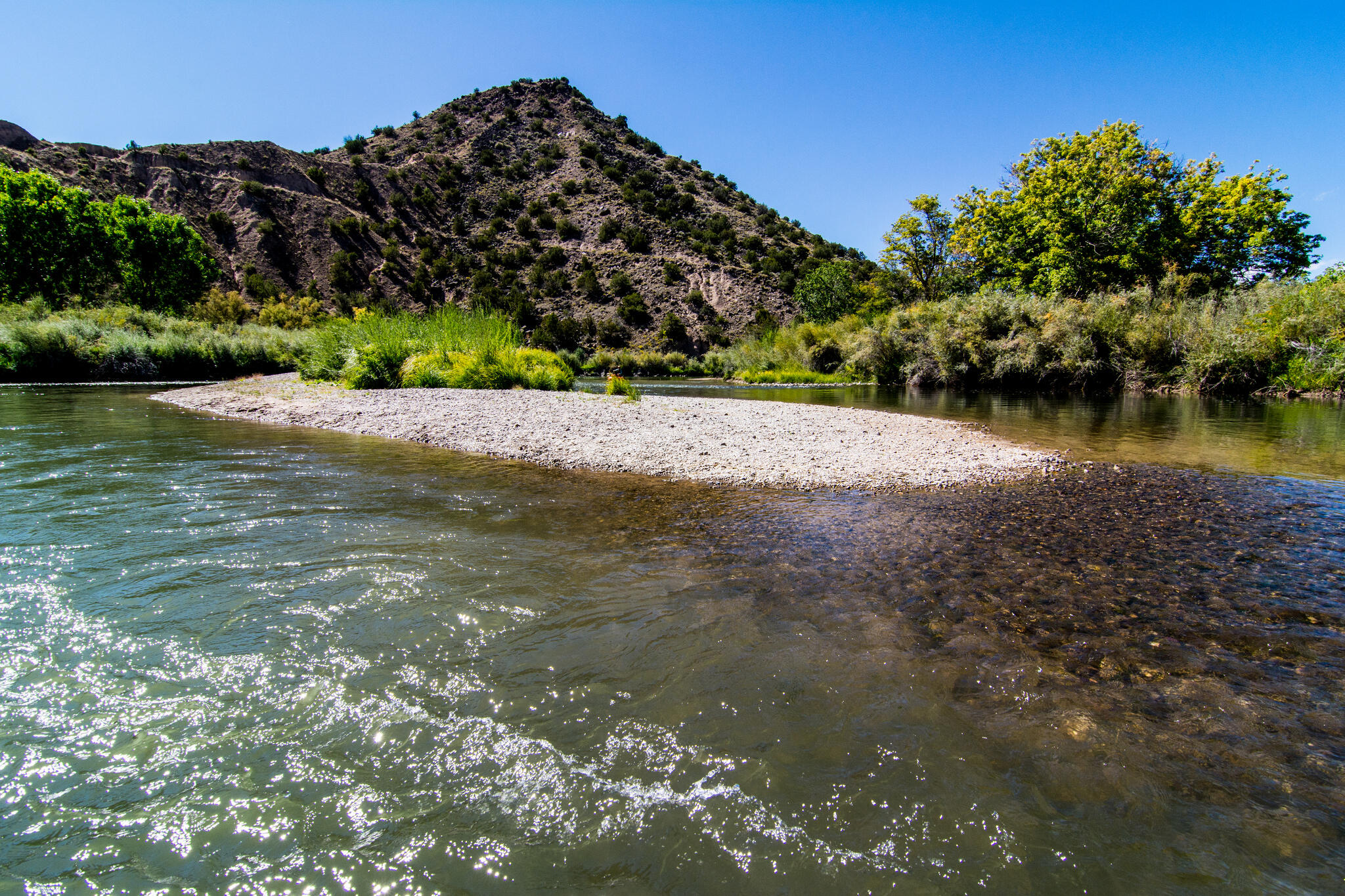Rivers and aquatic life have always been important to me. Growing up in southeastern Pennsylvania, my friends and I would collect salamanders, crawfish and fish from local streams and raise these in tanks. I loved the magic of these streams that were teaming with life and always full of surprises. Later, my Dad and I took up fly-fishing and I used this as a way to explore many streams in the northeastern part of the country, from the urban Wissahickon Creek in Philadelphia to the wild lakes of northwestern Maine. To this day, I relish being amongst these wild places as I study and explore the rivers and wetlands of New Mexico and the western United States.
For the past 27 years, I have had the wonderful opportunity to work on water and wildlife issues with the Southwestern Region of the U.S. Fish and Wildlife Service. I am a hydrogeologist by training and found this skill set to be an exciting match to addressing water rights, restoration and wetland management issues on national wildlife refuges. I look back fondly on this rich and fulfilling work that includes accomplishments that I am proud of. I’m also appreciative of all the partnerships that made these possible.
At Bitter Lake National Wildlife Refuge in eastern New Mexico, we were able to restore a large segment of the Pecos River, secure a federally reserved water right for protection of spring and migratory bird habitat, and designate the Roswell Artesian Wetlands as a Ramsar wetland of international importance. At Bosque del Apache National Wildlife Refuge we were able to double the area of managed wetlands on the Refuge, restore much of the Rio Grande through the Refuge, and quantify the water use associated with the Refuge’s wetland management with the New Mexico State Engineer. In the south valley of Albuquerque, we were able to establish the urban wildlife refuge Valle de Oro NWR through the unlikely partnership with the local flood control authority and develop a wetland design that incorporates the filtration of urban storm water.
I have found that unlikely partnerships often bear fruit. One of the more exciting projects I worked on with the Fish and Wildlife Service was the restoration of the Pecos River at Bitter Lake National Wildlife Refuge. Through a partnership with World Wildlife Fund (Beth Bardwell at the time), an irrigation district, the Bureau of Reclamation, the state agency that administers the interstate compact, and the state’s environment department, we were able to reconnect the floodplain on over 12 river miles in what is a highly scrutinized and managed river. Several of our partners had previously fought hard against the project, insisting it would deplete limited water supply for farming and interstate deliveries. It was through determination and science that we were able to convince these entities that the project was a net benefit for flood control, fire threat reduction, and water supply. The project could not have happened without their support.
I feel very fortunate to have this opportunity to work on water and wildlife in New Mexico with the National Audubon Society. I am a father of two and think often about their future and the world we are leaving our next generations. I want my children’s children to be able to experience a fly-out at Bosque del Apache National Wildlife Refuge, canoe the Rio Grande through a verdant cottonwood gallery, and explore a spring head teeming with curious tiny creatures. I am excited about being able to address the challenges of climate change by working with people on projects with a common goal— resilient and healthy rivers.
Paul Tashjian joined Audubon New Mexico in early March as the new Freshwater Associate Director.



